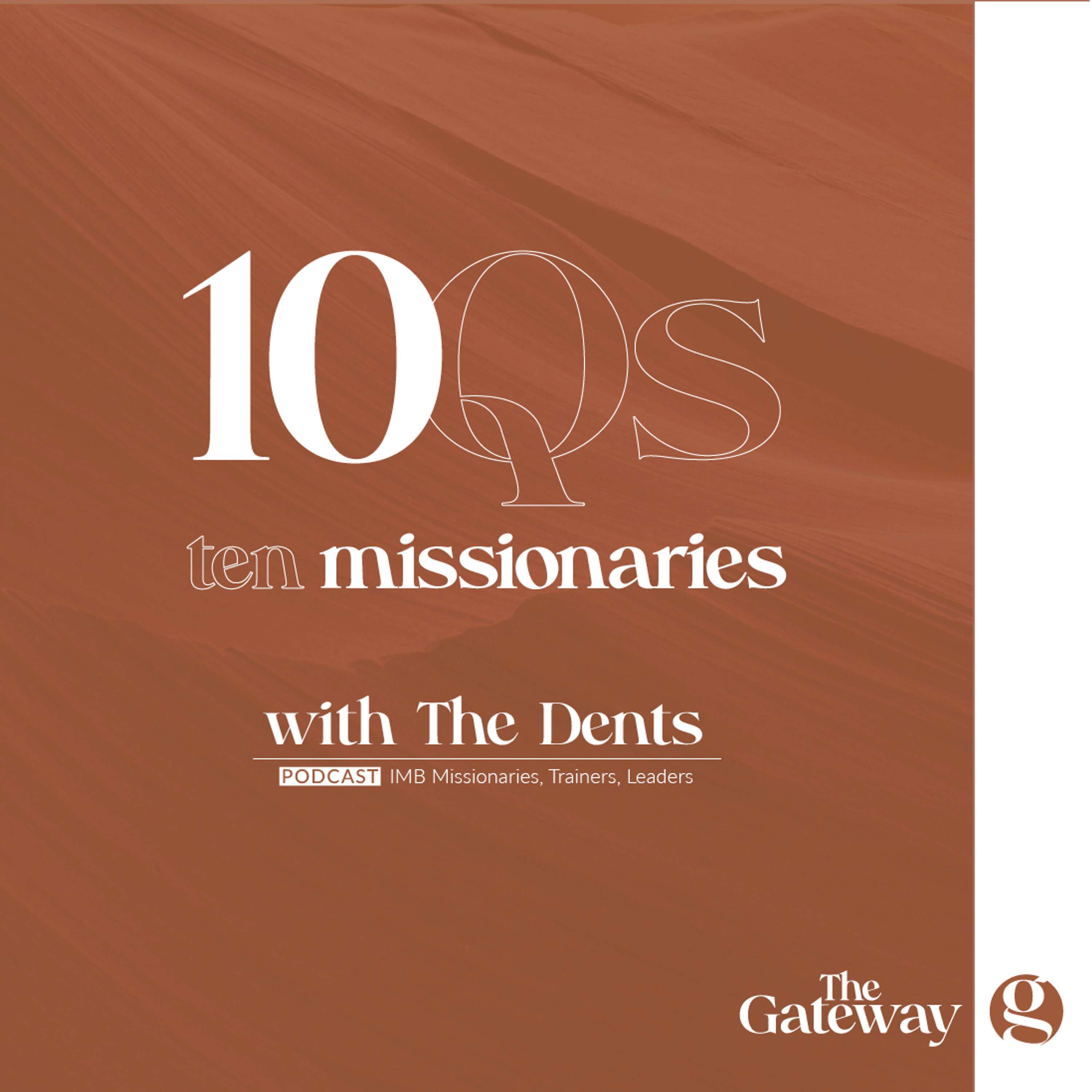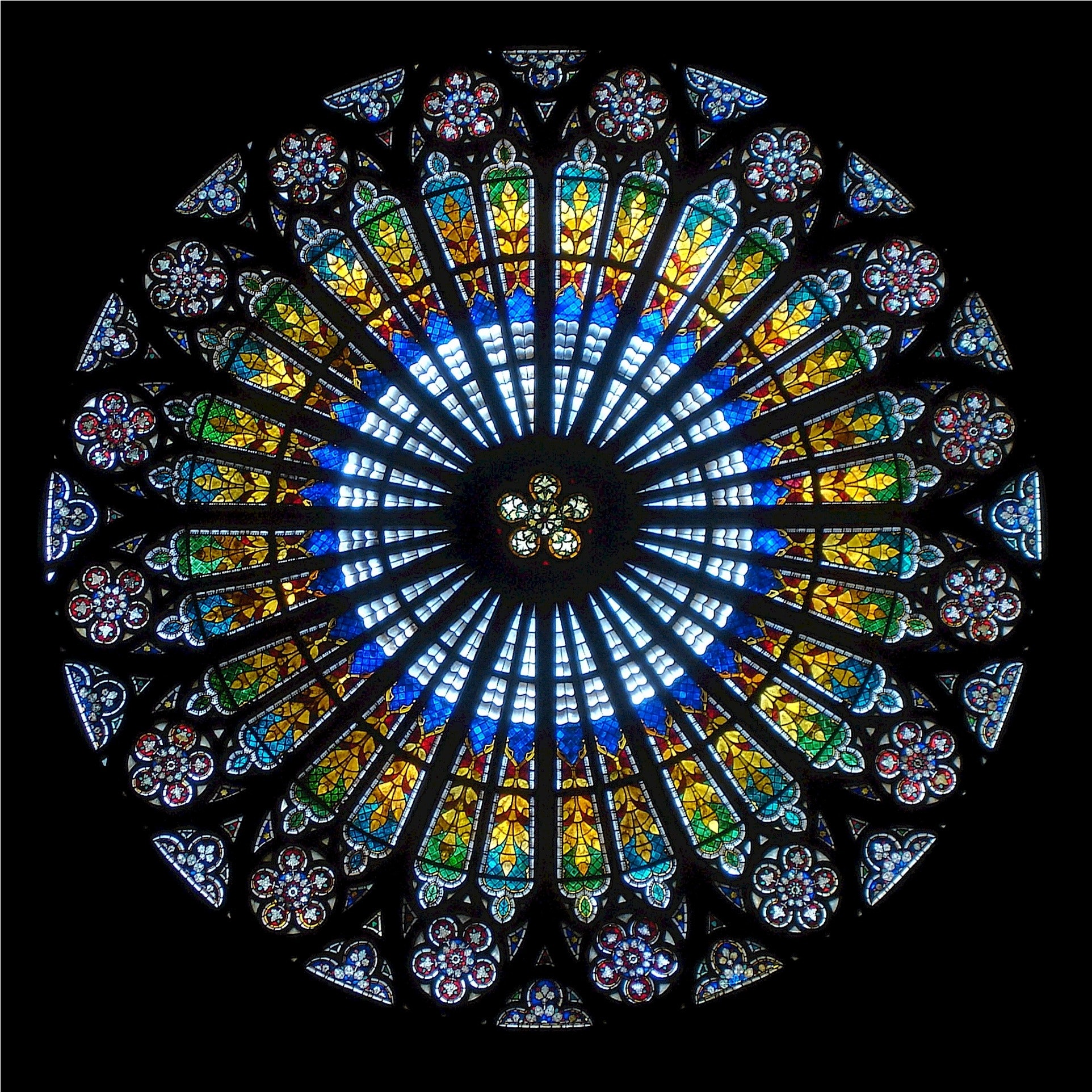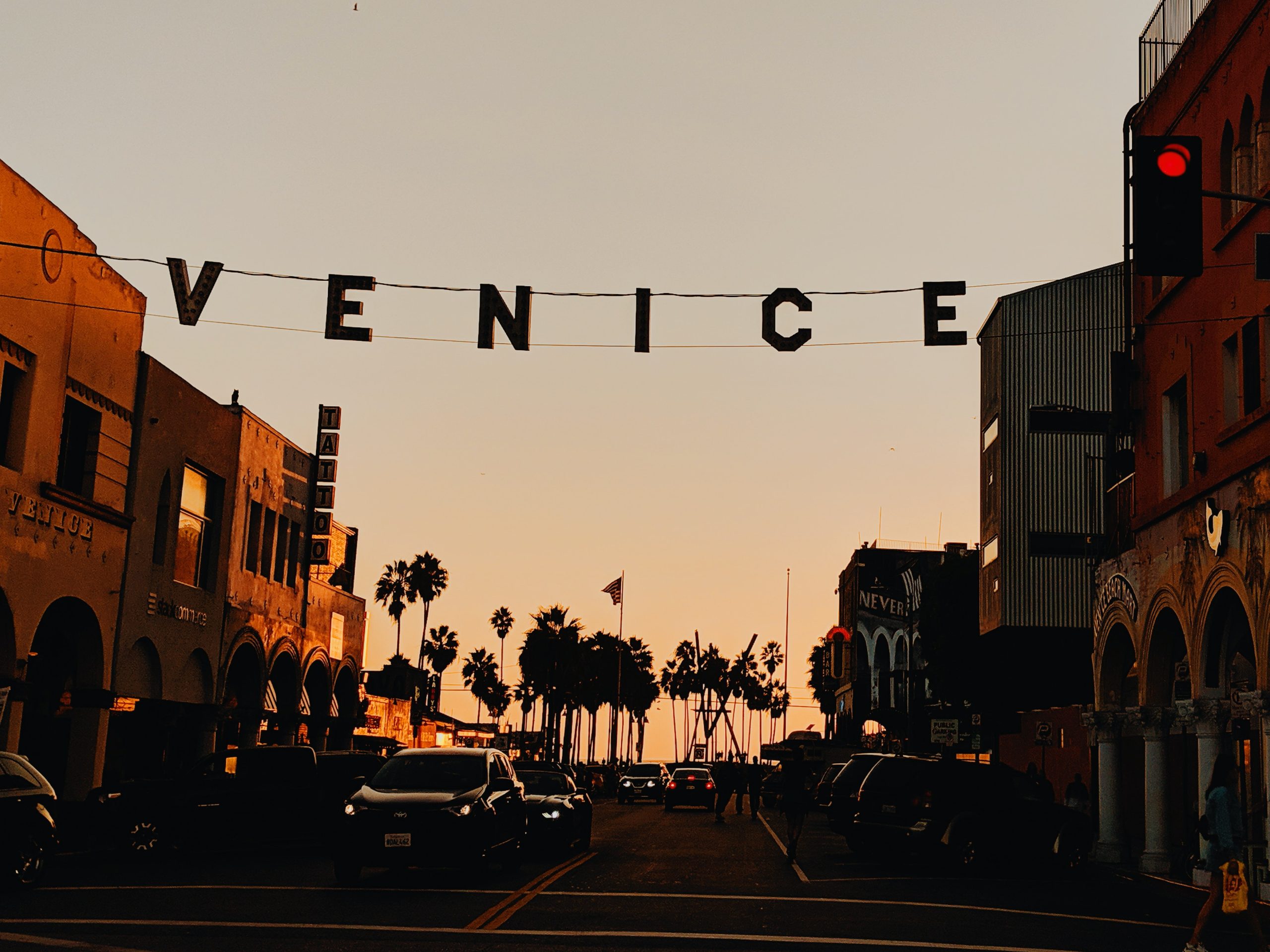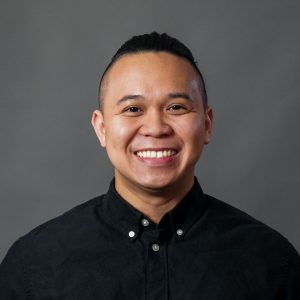During a recent Gateway class presentation on ecclesiology, students poured out their discouragement and frustration over the state of their churches. Our professor set aside his notes and addressed the issues at hand. He followed up that class session with a series of letters to students, pointing out historical precedent which gives us hope for the future.
The professor has given me permission to edit those letters for a more general audience. Check out the last two week’s installments (link below) and then keep reading.
Dear Friends,
Last week, we learned how revival started on college campuses during the Second Great Awakening. Now, let’s consider how the revival impacted churches.
Our nation’s first census in 1790 revealed a population of about four million. By 1800, a million people had migrated to the Western frontier. One-fourth of the population, and a corresponding percentage of church members, had left the churches in the East. Despite these losses, the awakening came to those churches and began to fill them again. The awakening in the East was powerful but often quiet. In contrast to the mild East, was the wild West.
James McGready, a Presbyterian who had studied theology in a seminary in a log cabin, served as a pastor in North Carolina. God used him to spark a revival that touched a dozen churches. God then called him to an unlikely place to plant a church: Logan County in southern Kentucky.
Methodist revival leader Peter Cartwright described Logan County this way. “Logan County, when my father moved into it, was called ‘Rogues Harbor.’ Here many refugees from all parts of the Union fled to escape punishment or justice; for although there was law, yet it could not be executed, and it was a desperate state of society. Murderers, horse thieves, highway robbers, and counterfeiters fled there until they combined and actually formed a majority. Those who favored a better state of morals were called ‘Regulars.’ But they encountered fierce opposition from the ‘Rogues,’ and a battle was fought with guns, pistols, dirks, knives, and clubs in which the ‘Regulars’ were defeated.” Logan County was a place criminals had defeated the authorities and were running the place! That’s where God called James McGready.
McGready was a powerful preacher, and in Logan County with all its sin, he pulled no punches. Keith Hardman says, “He described heaven so magnificently that his rustic hearers would ‘almost see its glories and long to be there.’ When he came to preach of hell, he preached no subtleties; he would so array hell and its horrors before the wicked, that they would tremble and quake, imagining a lake of fire and brimstone yawning to overwhelm them, and the wrath of God thrusting them down the horrible abyss.”
In June 1800, between 400-500 members of McGready’s three congregations gathered for a joint communion service. This was the third year many of them had been praying for a manifestation of God’s power. Finally, on the third day of the meeting, the congregation began to shout for joy. The Presbyterian preachers present were amazed. They didn’t know what to make of it. Convinced God was moving, McGready and other pastors planned another meeting for late the next month, July 1800. People traveled for up to 100 miles to be there and it became the first real camp meeting–continuous outdoor services attended by people over a prolonged time frame.
McGready wrote, “No person wished to go home–hunger and sleep seemed to affect nobody—eternal things were the vast concern. Here awakening and converting work were to be found in every part of the multitude, and even some things strangely and wonderfully new to me.”
They set a date for a camp meeting the next summer at Cane Ridge and 25,000 people showed up. To put that in perspective, Lexington was then the largest city in Kentucky with only 1,800 people. This event launched the “camp meeting” movement. According to the Encyclopedia Britannica, “By 1811, Methodist bishop Francis Asbury reported over 400 camp meetings were held annually along the frontier from Georgia to Michigan.” As a result, multitudes came to faith in Christ, and not only were churches revived and filled, but the number of churches mushroomed.”
What can we learn from these examples about how to respond to the spiritual crises facing the American church? We must pray fervently, preach courageously, confront sinful behavior, call people to righteous living, and use the most effective communication strategies possible (like camp meetings in that era) to share our message. When we do this, Christians will be revived and the unsaved converted. That is the answer to the crisis in the American church today.
“Therefore, my beloved brethren, be steadfast, immovable, always abounding in the work of the Lord, knowing that your toil is not in vain in the Lord” (1 Corinthians 15:58).
Read More

Comfort Twice Over
When we provide comfort to fellow believers, we are the means by which God has chosen to provide his comfort.

Inheritance & Glory: Our Vocation
For believers, while heaven may seem long away, our eternal inheritance is already available to us in the here and now.
Listen
Brian Borgman
On this episode of The Jonathan Edwards Center Podcast, Dr. Chris Woznicki interviews Dr. Brian Borgman regarding his book, Jonathan Edwards on Genesis. They discuss Edwards as an exegete, as an interpreter of scripture, specifically looking at Genes

The Dents
Tyler sits down with longtime missionaries and retired Gateway faculty, Don and Anne Dent. The Dents served with the IMB for over 30 years and most recently at Gateway Seminary. In this episode, they reflect on their past experiences from working in the mission field

Watch

Jonathan Edwards and the Asbury Revival
Chris Chun and Chris Woznicki discuss the signs of true revival, signs of the work of the Holy Spirit, and why it is important to critically assess the characteristics of revival in a spirit of charity.

Jonathan Edwards and the Baptists | Douglas Sweeney, Nathan Finn and Chris Chun
Dr. Douglas Sweeney and Dr. Nathan Finn joined Dr. Chris Chun for a panel discussion on Jonathan Edwards, recorded live at the SBC Annual Meeting in Anaheim.




